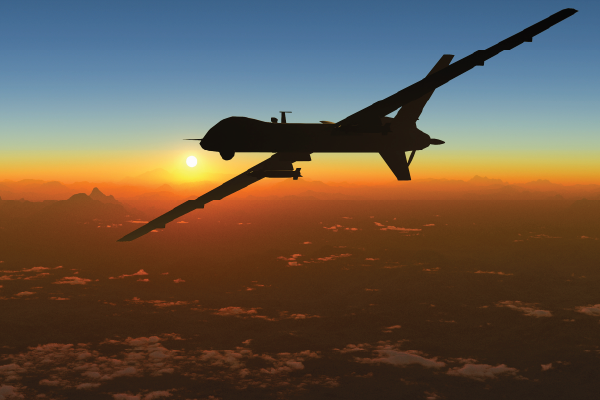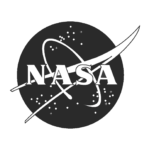
Onshoring, or reshoring, refers to relocating business processes and suppliers closer to home. This trend has gained significant traction as companies, particularly those in the consumer and technology sectors, seek to build more resilient and efficient supply chains. This blog post explores how the benefits of onshoring can help businesses maintain continuity and improve operations.
Benefits of Onshoring Manufacturing Projects
Greater Control and Quality Assurance
Onshoring empowers companies with better control over their supply chains, leading to improved quality standards and faster reaction times. By keeping production closer to home, businesses can monitor and manage their processes more effectively, ensuring higher product quality and consistency. This proximity also helps maintain intellectual property (IP) protection and compliance with regulations such as the International Traffic in Arms Regulations (ITAR), instilling a sense of security and confidence in the process.
Cost Savings
One of the most compelling benefits of onshoring is the potential for cost savings. By reducing freight and transportation expenses, companies can significantly lower logistics costs. Additionally, onshoring can lower customs and import/export fees, improving overall cost efficiency. Eliminating cross-border transport also reduces lead times, allowing for quicker time-to-market, making the audience feel financially prudent and responsible.
Environmental Benefits
Onshoring can contribute to a company’s sustainability goals by significantly reducing the carbon footprint associated with long-distance shipping. Closer proximity to end customers means less reliance on carbon-intensive shipping methods, such as air travel, which can significantly lower a company’s environmental impact. This aspect of onshoring can make the audience feel environmentally conscious and responsible.
Enhanced Resilience and Stability
The COVID-19 pandemic highlighted the vulnerabilities of global supply chains. Onshoring helps mitigate these risks by shortening supply chains and reducing dependence on overseas operations. This increased resilience can help companies manage supply chain disruptions and maintain business continuity. Additionally, onshoring supports local economies and industries, which can bring reputational benefits and contribute to Environmental, Social, and Governance (ESG) scores.
Technological Advancements
Adopting advanced digital technologies and automation, such as robotics and 3D printing, has made onshoring more feasible and cost-effective. Innovations in artificial intelligence (AI), machine learning, and manufacturing automation have leveled the playing field, reducing the comparative advantage of low-cost labor countries. These technologies enhance productivity and efficiency, making domestic manufacturing more competitive.
Although there are a lot of benefits of onshoring there are a few challenges.
Challenges and Considerations
While onshoring offers numerous benefits, it also presents challenges. Companies may need more local supply ecosystems and higher operating costs. Access to skilled labor, including factory workers and engineers, can also be a concern. Therefore, businesses must take a holistic approach to onshore, considering these factors in their strategic planning.
At Prototek, we are committed to assembling the finest manufacturing team, procuring materials, and incorporating state-of-the-art technologies to bolster our customers’ reshoring endeavors.
Balancing Cost Efficiency and Proximity
A comprehensive strategy that includes both onshoring and nearshoring can strike a balance between cost efficiency, geographic proximity, and speed. Nearshoring, which involves outsourcing processes to nearby countries, can offer cost reductions while improving supply chain stability. This approach allows companies to benefit from the advantages of proximity without incurring the higher costs associated with domestic production.
Are you ready to start your project?
FAQs
Onshoring refers to the practice of bringing manufacturing or services back to the country of origin, often to reduce costs and improve quality control.
Onshoring offers greater control, reduced lead times, improved quality, and enhanced responsiveness to customer needs, enabling businesses to stay agile and competitive.
Onshoring of manufacturing operations involves moving production closer to the domestic market, which can result in benefits such as decreased lead times, improved quality control, and increased collaboration with local suppliers. In contrast, offshoring, which entails relocating manufacturing processes to foreign countries, may lead to challenges such as longer supply chains, communication barriers, and cultural differences that can impact productivity and efficiency.











